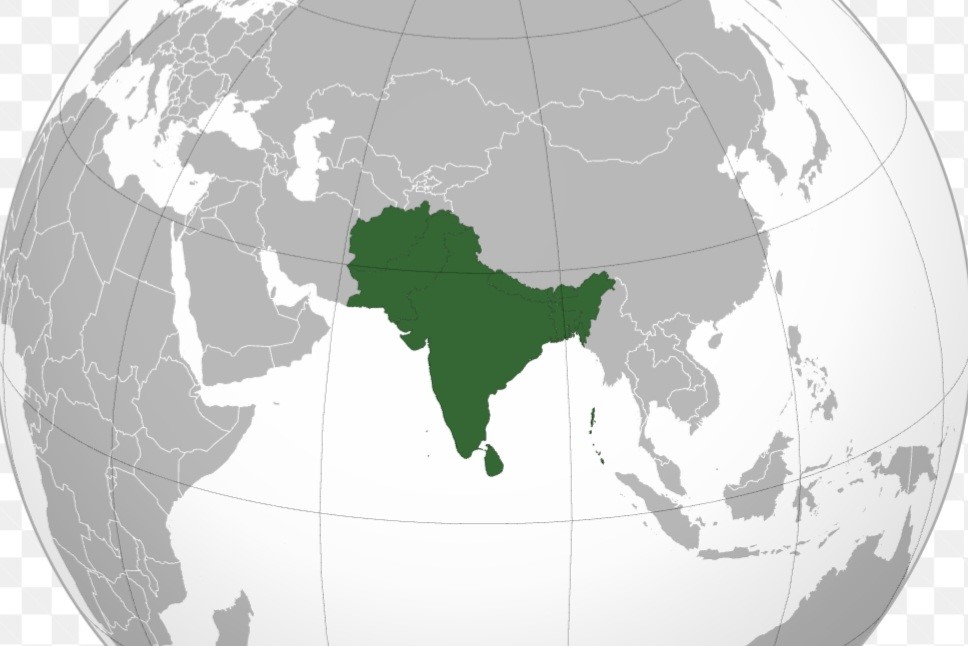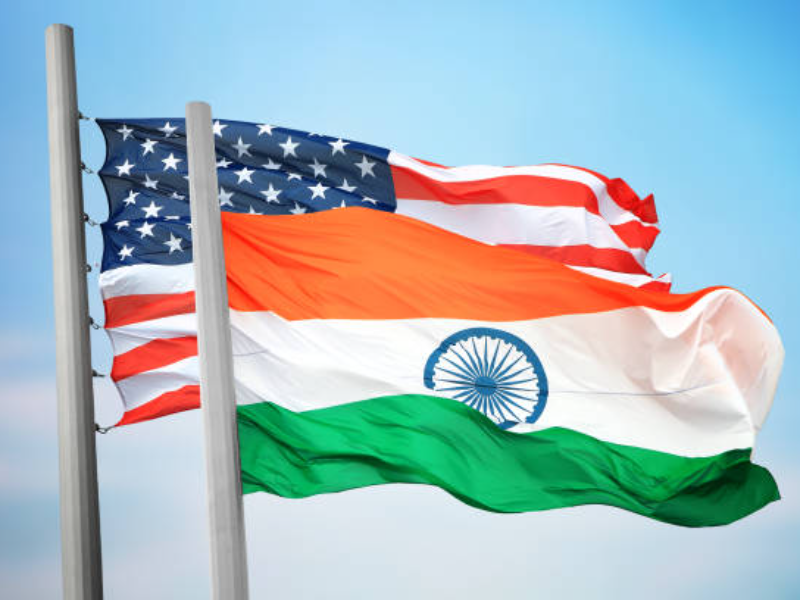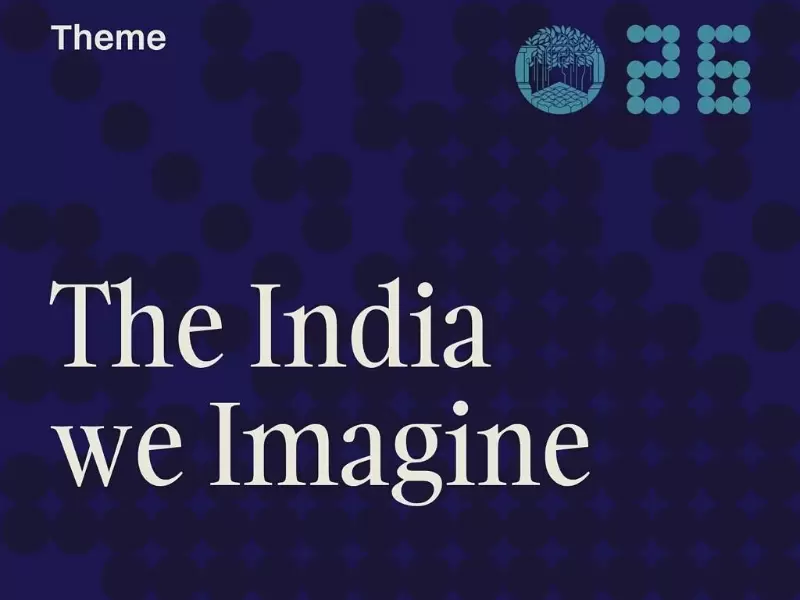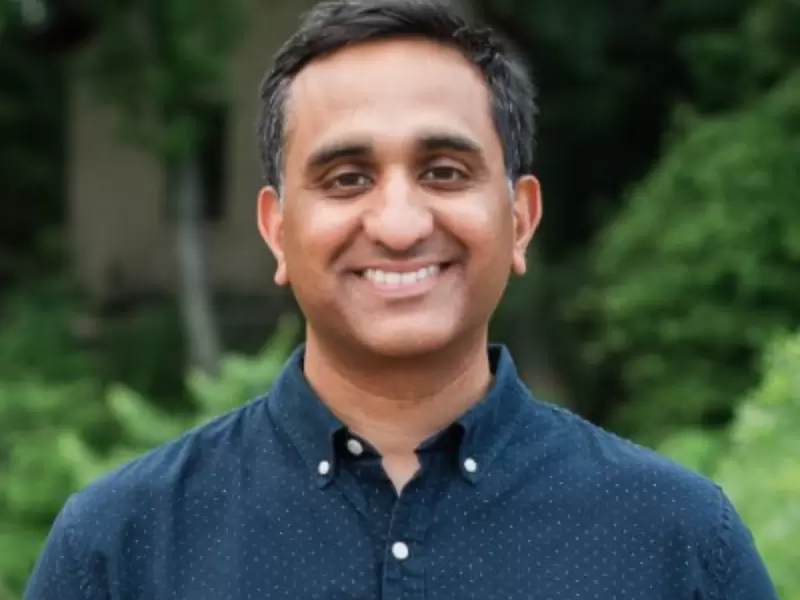India propels GDP growth in South Asia
Despite the South Asian region projected to be the fastest growing region, it failed to provide jobs
 South Asian countries remained fastest growing economy, albeit with a unsustainable pattern / Wikipedia
South Asian countries remained fastest growing economy, albeit with a unsustainable pattern / Wikipedia
India continued to remain one of the fastest growing economies, driving the growth for the South Asian region the World Bank said in its twice-a-year regional outlook.
According to Jobs for Resilience, the latest South Asia Development Update released today, South Asia is expected to remain the fastest-growing region globallty with a projected GDP growth of 6.1 in 2025, with India contributing the most among the nations.
The country accounts for the bulk of the region’s economy, output growth is expected to reach 7.5 percent in FY23/24 before returning to 6.6 percent over the medium term, with activity in services and industry expected to remain robust.
However, while the South Asian region experienced increasing GDP growth it remained vulnerable to external shocks, contributing to issues such as unemployment and climate instability. Despite India’s status as one of the fastest-growing economies globally, it long struggled with an unequal distribution of growth benefits.
“South Asia’s growth prospects remain bright in the short run, but fragile fiscal positions and increasing climate shocks are dark clouds on the horizon,” said Martin Raiser, World Bank vice president for South Asia. “To make growth more resilient, countries need to adopt policies to boost private investment and strengthen employment growth.”
Unlike Western counterparts where industrialization spurred job creation, South Asian countries faced a significant gap between GDP growth and employment opportunities, as highlighted by the World Bank’s assessment of structural challenges.
Current GDP growth rates in India and across South Asia remained below pre-pandemic levels, with the recent report by the International Labour Organisation pointing out that about 80 percent of unemployed Indians were youths, who were the majority constituents of the workforce population in India.
Leading economists have also emphasized the disparity between GDP growth perception and the true indicators of economic health. Indian Nobel laureate Amartya Sen advocated for a broader measure of development, such as the Human Development Index (HDI), while Nobel laureate Abhijeet Banerjee’s work in ‘Poor Economics’ highlighted the persistent inequality within India.
Despite India’s economic dominance in the region, other countries like Pakistan, Nepal, Maldives, and Bhutan outperformed India in HDI metrics, signalling the need for inclusive development strategies.
The unsustainable growth pattern was attributed to fiscal policy shortcomings, reminiscent of past failures such as the Green Revolution’s creation of rural elites and the inadequate impact of bank nationalization on public investment. Increased public spending, particularly in India, fuelled GDP growth but failed to address structural issues.
ADVERTISEMENT
ADVERTISEMENT
E Paper
Video

















Comments
Start the conversation
Become a member of New India Abroad to start commenting.
Sign Up Now
Already have an account? Login